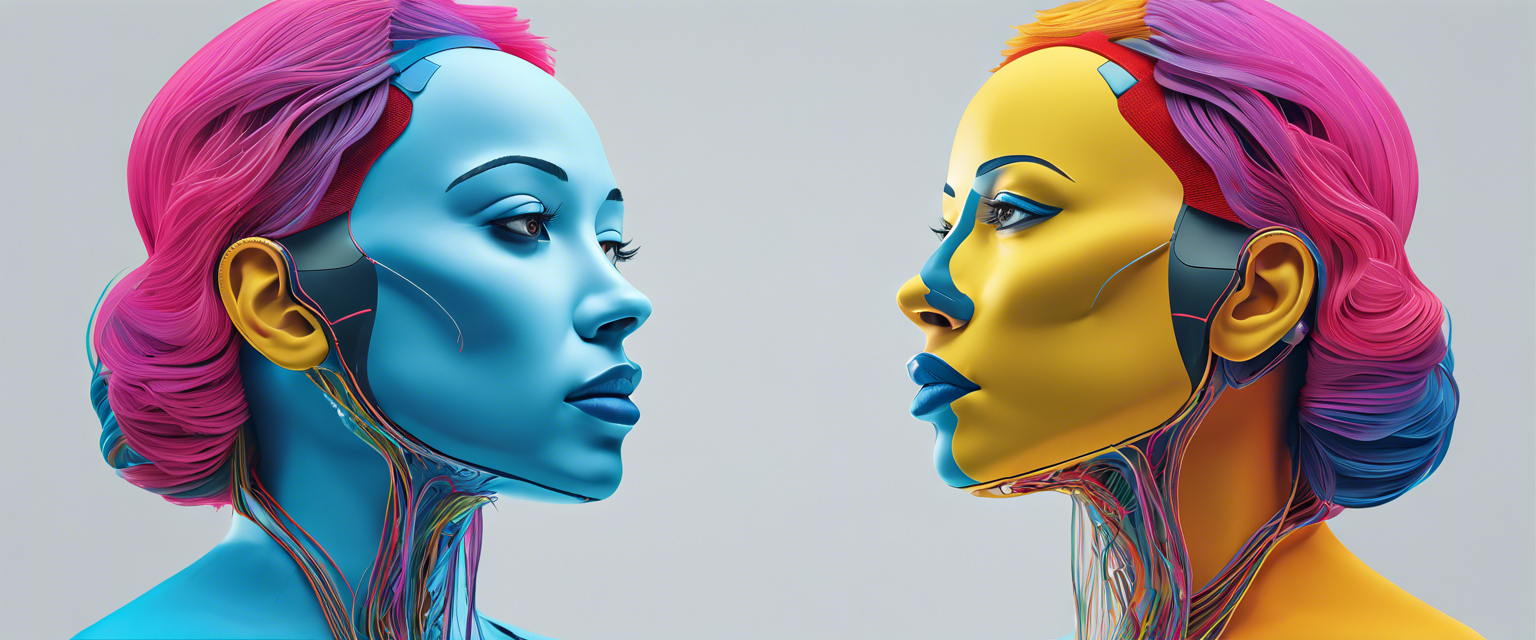Unraveling Whisper: OpenAI's Premier Speech Recognition System
OpenAI Whisper emerges as OpenAI's state-of-the-art speech recognition solution, meticulously trained with 680,000 hours of web-sourced multilingual and multitask data. This extensive dataset bolsters increased resistance to accents, ambient noise, and technical jargon. Additionally, it supports transcribing in numerous languages and translating them into English. Distinct from DALLE-2 and GPT-3, Whisper is a free and open-source model. OpenAI delivers access to its models and codes, fostering the creation of valuable speech recognition applications.
Mastering YouTube Video Transcription with Whisper
Throughout this Whisper tutorial, you'll gain expertise in utilizing Whisper to transcribe a YouTube video. We'll employ the Python package Pytube to download and convert the audio into an MP4 file. Visit Pytube's repository for more information.
Step 1: Install the Pytube Library
First, install Pytube by running the following command in your terminal:
pip install pytubeStep 2: Download the YouTube Video
For this tutorial, I'll be using the "Python in 100 Seconds" video. Next, we need to import Pytube, provide the link to the YouTube video, and convert the audio to MP4:
from pytube import YouTube
video_url = 'VIDEO_URL_HERE'
video = YouTube(video_url)
audio_stream = video.streams.filter(only_audio=True).first()
audio_file = audio_stream.download(output_path='YOUR_DIRECTORY_HERE')The output is a file named like the video title in your current directory. In our case, the file is named Python in 100 Seconds.mp4.
Step 3: Transcribing Audio to Text
Now, the next step is to convert audio into text. We can do this in three lines of code using Whisper. First, we install and import Whisper:
!pip install git+https://github.com/openai/whisper.git
import whisperThen we load the model and finally we transcribe the audio file:
model = whisper.load_model('base')
result = model.transcribe(audio_file)
print(result['text'])Understanding Whisper Models
We'll use the "base" model for this tutorial. You can find more information about the models here. Each one of them has tradeoffs between accuracy and speed (compute needed).
Get More from Your AI Journey
You can find the full code as Jupyter Notebook.
Your AI journey doesn't have to end here - visit our other AI tutorials to learn more! And why not test your new skills during our upcoming AI Hackathons? You will build an AI app, meet other like-minded people from all around the world, and upgrade your skills in just a couple of days. An idea worth considering!



댓글 남기기
모든 댓글은 게시 전 검토됩니다.
이 사이트는 hCaptcha에 의해 보호되며, hCaptcha의 개인 정보 보호 정책 과 서비스 약관 이 적용됩니다.